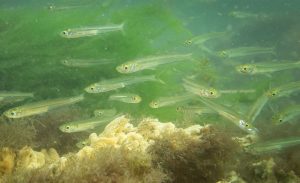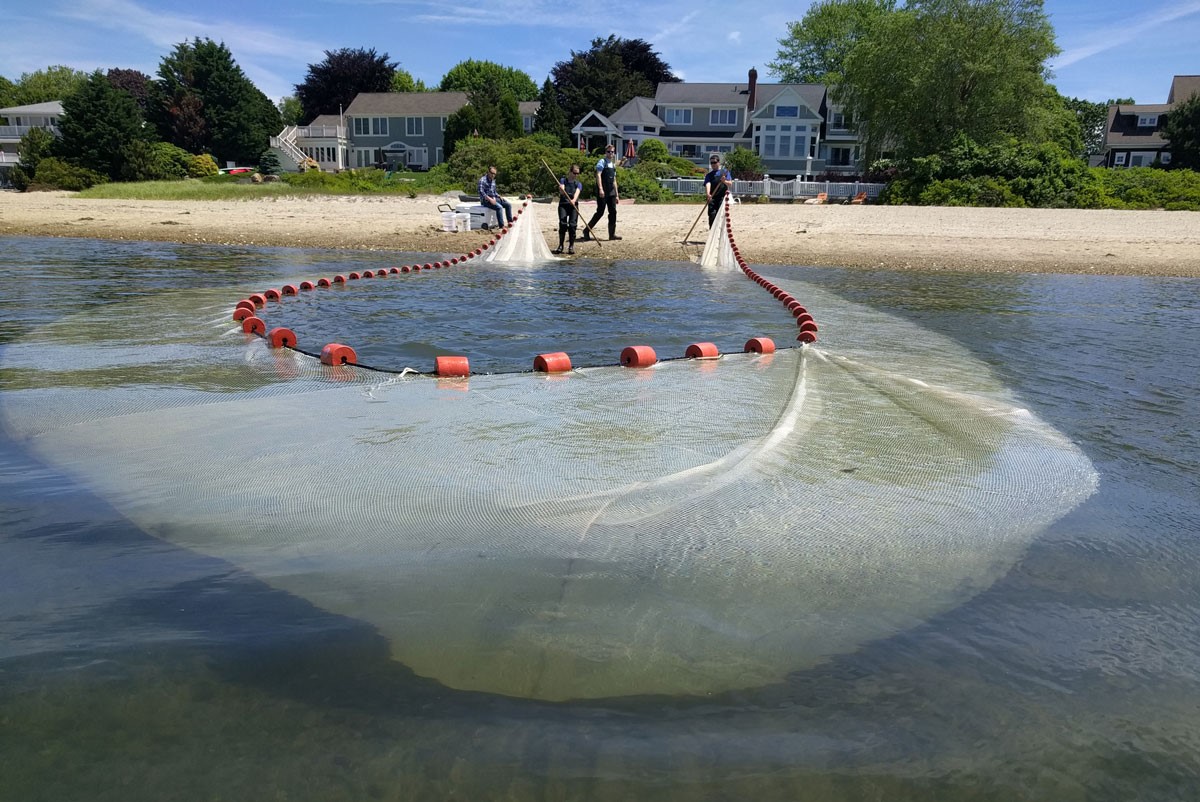The world’s oceans are an enormous, interconnected system. A piece of driftwood that breaks off in the Indian Ocean could eventually wash ashore halfway around the world along the North Pacific coast.
The lack of natural barriers to divide ocean communities was formerly believed to prevent the development of localized genetic adaptations for specific habitats due to the ample opportunities for genetic mixing between populations. However, new research has shown that many marine species have evolved to have specific adaptations that allow each population to be best suited to its particular habitat.
Yet, little is still known about the genomic mechanisms that enable divergent adaptations where organisms are still subject to ongoing mixing of populations.
Hannes Baumann, an assistant professor in the University of Connecticut’s Department of Marine Sciences is the co-PI on a project which has received more than $325,000 from the National Science Foundation for a collaborative project to study this perplexing phenomenon with Nina Therkildsen, PI on this project and assistant professor of natural resources at Cornell University. The total funding for this project is $1.2 million over three years.
Baumann and Therkildsen’s project will begin by characterizing genome-wide patterns of differentiation in silverside fish populations. The silverside exhibits a remarkable degree of local adaptation for several traits including growth rates.

“Silversides may look inconspicuous, but they have been famous ecological and evolutionary models for decades,” Baumann says. “I have long dreamed to help decipher the genome of this species and thereby unlock the molecular workings of local adaptation – a dream that will now come true.”
The team will identify places in the silverside’s genome that are under divergent selection. The researchers will also look at allele frequencies, the genetic variations that lead to the appearance of different features, in various environments to determine which traits appear to be selected in particular environments.
By identifying which areas of the genome are subject to local selection and adaptation, Baumann and Therkildsen will be able to build a better base of knowledge about how marine organisms are able to obtain local adaptations in the face of ongoing population mixing as they migrate throughout waterways as part of their seasonal movement patterns.
This research will be the most comprehensive assessment to date of the genomic basis for local adaptations in oceans, and is critical to developing understanding of how marine organisms may be able to respond to rapid environmental change. This study could provide important information about the ability of marine organisms to survive as our oceans warm, become more acidic, and elements of the marine food web change.
This project is NSF number: 1756751.
Baumann received his Ph.D. in fisheries biology from the University of Hamburg in 2006. His research focuses on how fish populations are adapted to the natural variability in their environments and how they react to changes to their environments.



